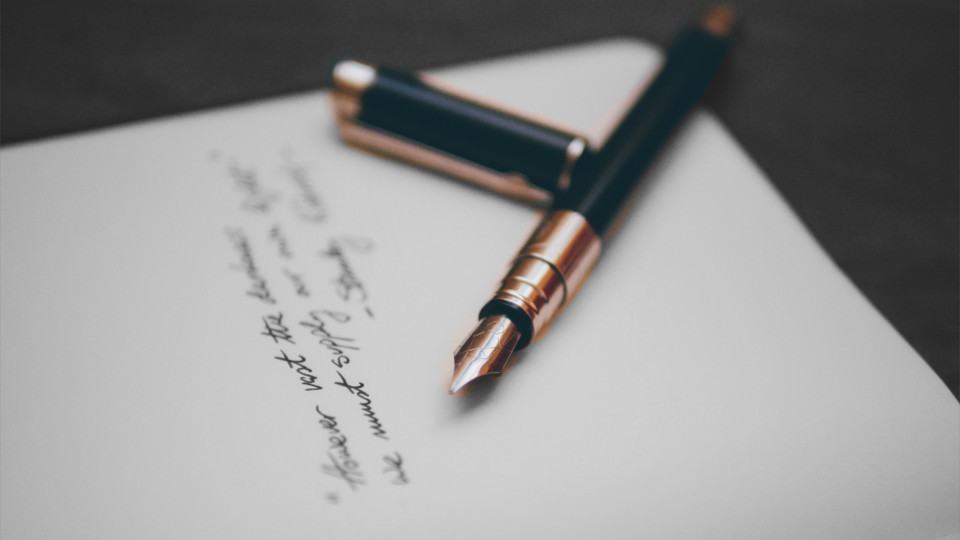VRYSTAAT ARTS FESTIVAL – JULY 2020 ONLINE - Bloemfontein, South Africa
SCREENDANCE: DIVERSITY & REPRESENTATION MATTERS
https://www.facebook.com/vrystaatkunstefees
An online panel discussion via Zoom 02 July 2020
South Africa: 14-15:30 SAST
UK: 13:00 - 14:30 BST
USA: 08-09:30 EST
VIDEO LINK: https://www.facebook.com/202113399825664/videos/294524148583739
Hosted by Georgina Thomson and Jeannette Ginslov
Introduction
This is an online Screendance panel event that presents and discusses the art form, Screendance. Screendance artists from diverse backgrounds have been asked to present their work, revealing what Screendance is, how they create it, and why it matters. It is also a panel discussion about the form of Screendance, the representation of bodies on screen, cultural diversity and the body’s representation at International Screendance festivals.
Given the current socio-political climate we can no longer skirt around the issues of bodies race, diversity and their representation on screen. To date, this topic has never been fully discussed on a Screendance panel. Being highly contentious these issues are often difficult to talk about and overlooked in favour of other discussions on funding and networking, for example. These are also important issues, but the representation of dancing bodies cannot and should not be a discussion held by academics behind closed doors. Yes, it may be uncomfortable to talk about race and representation, but this discomfort needs to be discussed as we cannot get away from bodies, their representation and context. They are the very medium of Screendance, entangled with the medium of cinema. So how do we overcome something that we cannot and should not ignore? How do we ask these questions in and with our work and how is this represented on screens internationally? There may be no answers, but at least let us try to talk about these issues. We have work to do.
Hosts
Jeannette Ginslov: Screendance and embodied technologies practitioner & PhD Candidate London South Bank University: UK
Georgina Thomson: Dance Programme Coordinator: Vrystaat Arts Festival South Africa
Presenters:
Omari Carter: Associate Lecturer and Screendance Practitioner: UK
Gabri Christa: Dance filmmaker, Assistant Professor of Professional Dance Practice Barnard College and Curator-Director of Moving Body-Moving Image Festival: NYC USA
Simon Fildes: Screendance practitioner, producer, curator and teacher: Scotland
Robin Gee: Screendance practitioner, Associate Professor of Dance, University of North Carolina, Greensboro
Smangaliso Siphesihle Ngwenya: Screendance practitioner, writer, choreographer and performer: South Africa
Participating in the discussion:
Dominique Jossie: Filmmaker/Producer and Screendance practitioner: South Africa
Tania Lea Vossgatter: Dance teacher, choreographer and aspirant Screendance practitioner: South Africa
Here is a list of the screendance that the artists are referring to:
SCREENDANCE PANEL 02 JULY 2020: Playlist on You Tube https://www.youtube.com/playlist?list=PL-byKtwPMjA5oLMeMlD9zHL6farkpUqds
Omari Carter: Associate Lecturer and Screendance Practitioner: UK
Ease on Down: https://youtu.be/MHw2LyTBWKo
Gabri Christa: Dance filmmaker, Associate Professor of Professional Dance Practice Barnard College and Curator-Director of Moving Body-Moving Image Festival: NYC USA
Quarantine: https://youtu.be/9iZH1BP6KvE
Simon Fildes: Screendance practitioner, producer, curator and teacher: Scotland
Trio for a Quartet: https://youtu.be/kFzKJORI2H0
Robin Gee: Screendance practitioner, Associate Professor of Dance, University of North Carolina, Greensboro: USA
Wanting https://youtu.be/oSSu_W2I3Ho
Smangaliso Siphesihle Ngwenya: Screendance practitioner, writer, choreographer and performer: South Africa https://youtu.be/K9xO88y7qk4


